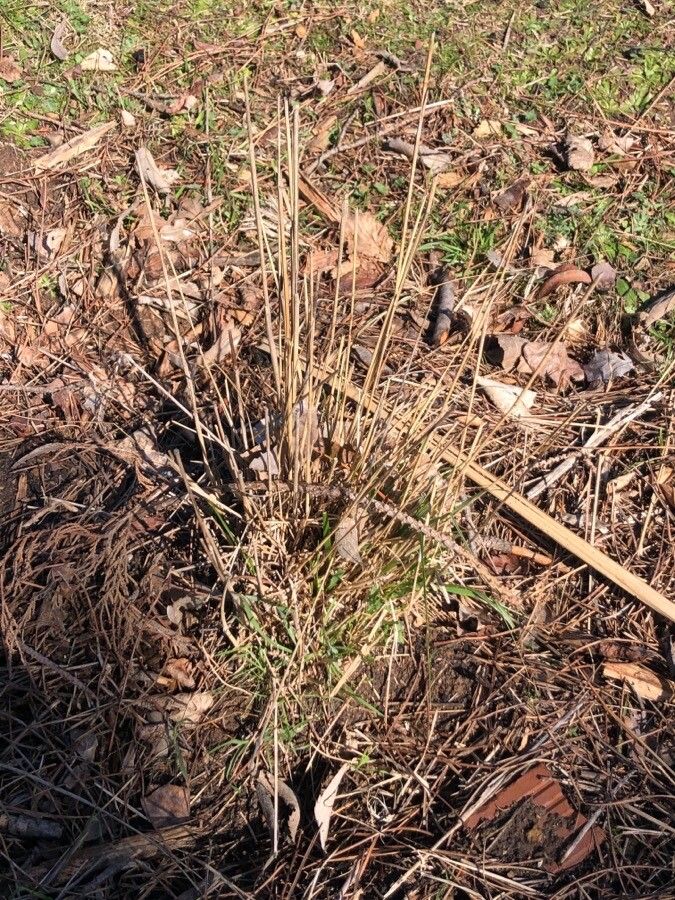Propagating Achnatherum bromoides: A Gardener’s Guide to the Blue Grama Grass
Introduction:
Achnatherum bromoides, commonly known as blue grama grass, is a highly valued ornamental grass celebrated for its fine, bluish-green foliage, drought tolerance, and attractive seed heads. Its deep root system makes it an excellent choice for erosion control and xeriscaping, contributing to its popularity among gardeners seeking low-maintenance, aesthetically pleasing landscaping solutions. Propagating blue grama grass can be more challenging than with some other grasses, but the rewards of cultivating this resilient plant are well worth the effort. While seed propagation is possible, other methods like division offer greater success and speed.
Seed Germination:
Seed germination is a viable, albeit challenging, method for propagating Achnatherum bromoides. The primary challenges lie in its relatively low germination rate and the requirement for specific environmental conditions. Seeds often experience dormancy, necessitating stratification – a period of cold, moist treatment – to break this dormancy before germination.
Challenges: Low germination rate, need for stratification, susceptibility to fungal diseases in damp conditions.
Practical Tips: Sow seeds in a well-draining seed-starting mix after a period of stratification (ideally 30-60 days at temperatures near 4°C/39°F). Maintain consistently moist (but not waterlogged) conditions. Avoid overcrowding seedlings to promote healthy growth. Consider using a fungicide to prevent damping-off.
Rewards: High genetic diversity amongst seedlings, potential for large-scale propagation, cost-effective method for large areas.
Cuttings:
Currently, there are no known reliable methods for propagation of Achnatherum bromoides using cuttings. The plant’s physiology does not readily lend itself to this propagation technique.
Division:
Division is a highly effective method for propagating established clumps of Achnatherum bromoides. This is generally the most reliable approach for gardeners.
Challenges: Requires an established, mature plant with sufficient root mass. Division timing is crucial for optimal success.
Practical Tips: Divide the plant in spring or early autumn when the ground is moist but not waterlogged. Carefully separate the crown into smaller sections, ensuring each division has healthy roots and shoots. Replant immediately, spacing divisions appropriately for mature size. Water well after planting.
Rewards: High success rate, relatively quick establishment of new plants, maintains the genetic characteristics of the parent plant.
Tissue Culture:
While theoretically possible, tissue culture propagation of Achnatherum bromoides is not a widely practiced or readily accessible method for home gardeners. This technique requires specialized equipment, sterile conditions, and considerable expertise.
Conclusion:
Propagating Achnatherum bromoides presents unique challenges depending on the chosen method. While seed germination offers the potential for genetic diversity but struggles with low success rates, division provides a reliable and efficient alternative for most gardeners. Cuttings and tissue culture are currently impractical for most home propagators. The rewards, however, are abundant: the satisfaction of nurturing this resilient and beautiful grass, whether through the patient germination of seeds or the more immediate results of division, adds a unique pleasure to gardening. For aspiring propagators, I suggest starting with division; it offers the highest likelihood of success and a faster path to enjoying the beauty of your own blue grama grass. Remember patience and attention to detail are key to success with any propagation method.


